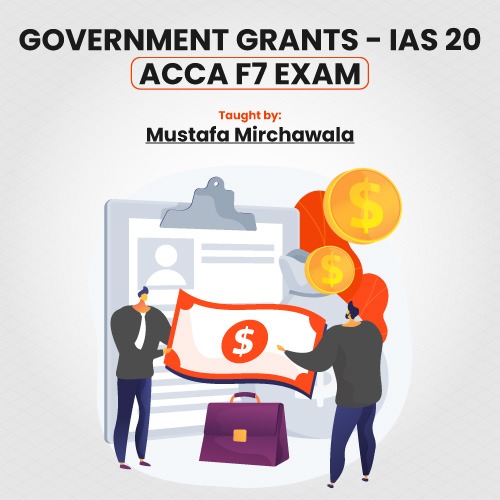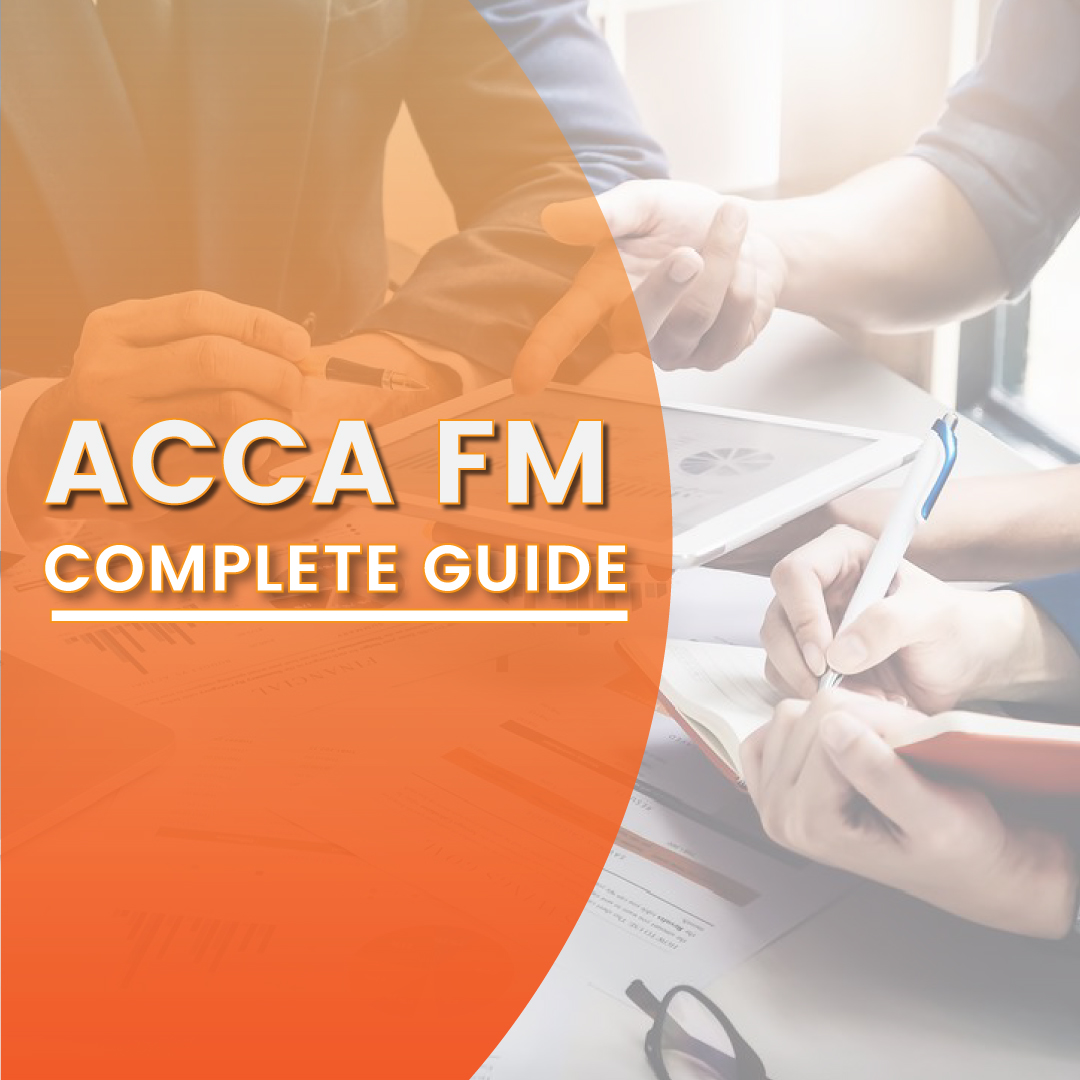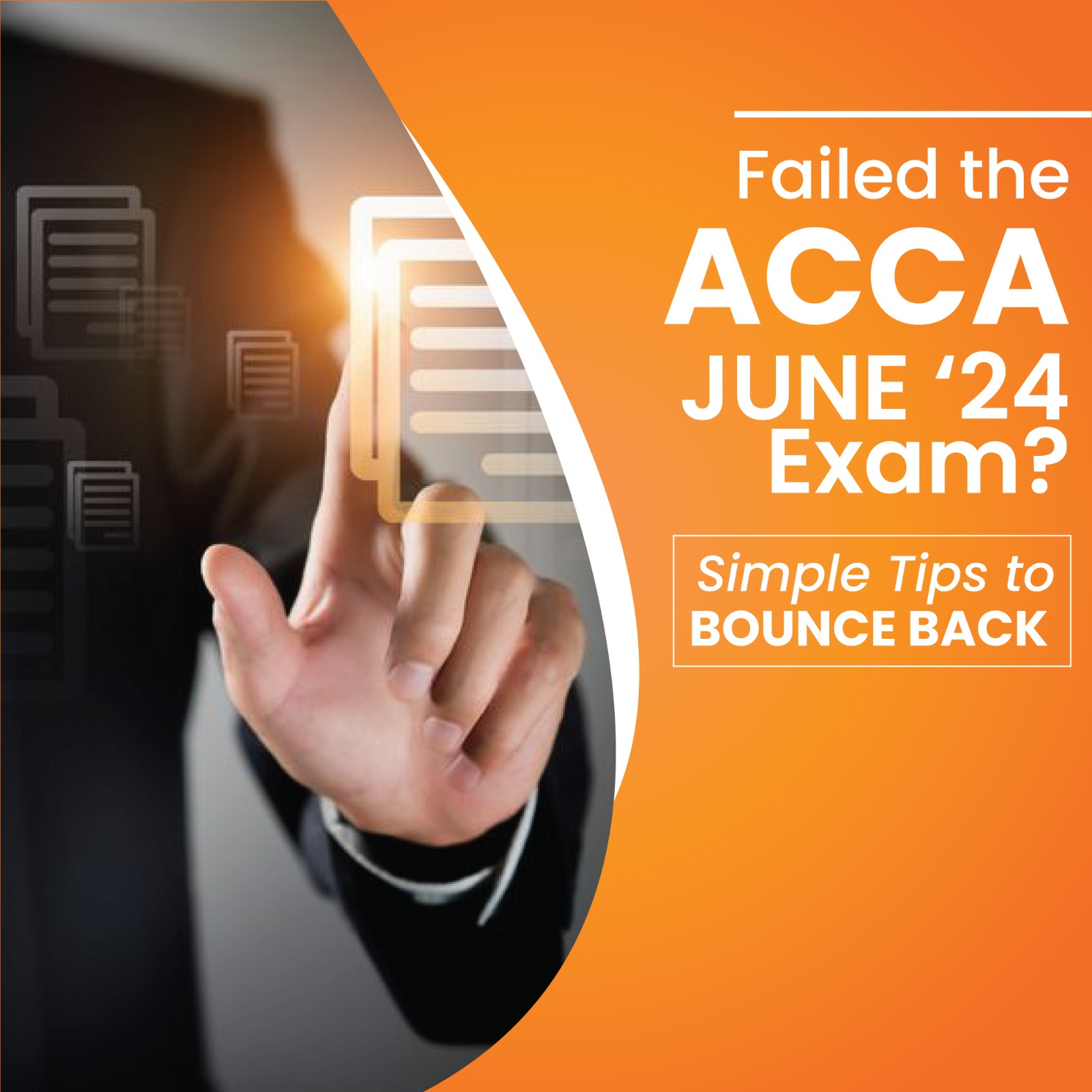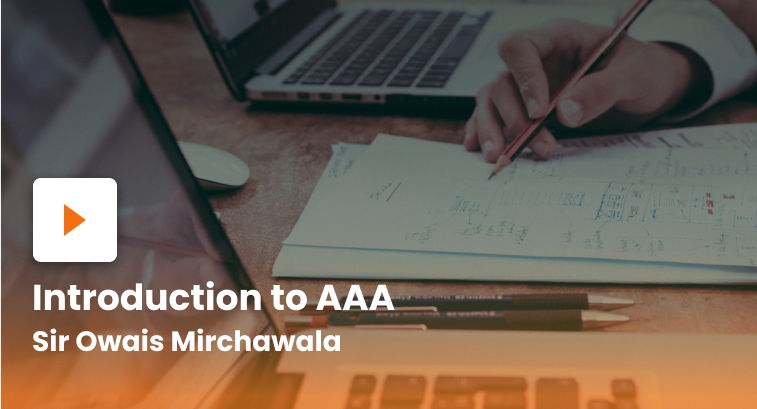IAS 20 – Government Grants in financial reporting/f7
Out of 41 International accounting standards “ Government grant is one of them which is considered as IAS 20. This IAS deals with the benefit provided by government authorities to companies and organisations as a grant which means this is a source of income for them. You might be wondering why does government provide free funds.
What are the reasons for the government to give grants to organizations and other multiple sectors?
Governments often provide money or incentives to companies to export their goods or to promote local employment.
Grants are the government’s way of funding your ideas and projects to provide public services and promote business. The grant supports critical restoration, new research, and many other programs listed in the Federal Family Assistance Program (CFDA).
In this way, the government makes sure that organizations are running effectively which gives the ultimate benefit to the economy, and by doing this, the government deals with unemployment and demand supplies issues.
On what basis, an organization records such grants in its books of accounts?
1. When an entity has reasonable assurance that it will fulfill conditions attached in the grant.
Explanation – this condition depends on the organizations, whether they will be able to meet conditions given by the government which makes them eligible for receiving such grants. If there are clear reasons that the organization will not be able to meet those specified conditions then international accounting standard strictly prohibits the organizations from recording grant transaction in their accounts.
2. That the grant will be received.
Explanation– This condition purely depends on the government whether the grant funds will be given by them or not. if there is a virtual certainty that such funds will be received by the government then the companies qualify for this recognition criteria and must record grant income in their accounts as per International Accounting Standard 20.
Types of Grant:
IAS 20 classifies the funds given by the government into two main categories. Government grants could be:
- revenue grants e.g. contribution towards payroll costs Labour Rate.
- capital grants e.g. contribution towards purchase of non-current assets.
1. Grant related to an asset:
Grant to buy/ construct a fixed asset. such grants can only be used for purchasing fixed assets means that these assets will only be used in the organization for their purpose and must be for more than 1 accounting period. if the organization don’t want to purchase fixed asset through such grants then they can also construct themselves.
2. Grant related to income:
All grants other than grants related to assets are classified as grants related to income . The most obvious example of such grants is that sometimes the government is ready to pay a certain percentage of labor costs for organizations. Instructor Mustafa Mirchawala who holds commendable expertise in Financial reporting- FR, one of the applied skills papers of ACCA, has explained the labour cost example in his classes which helps the students to understand such complex International Accounting Standards. Note: every grant not related to the asset is considered a grant related to income.
General principles
IAS 20 follows two general principles when determining the treatment of grants:
Prudence: grants should not be recognized until the conditions for receipt have been complied with and there is reasonable assurance the grant will be received
Accruals: grants should be matched with the expenditure towards which they were intended to contribute.
Definitions (IAS 20, para 3)
Government refers to government, government agencies, and similar bodies whether local, national, or international.’
Intangible Government assistance is action by the government designed to provide an economic benefit specific to an entity or range of entities qualifying under certain criteria’ e.g. the grant of a local operating license.
Government grants are assistance by the government in the form of transfers of resources to an entity in return for past or future compliance with certain conditions relating to the operating activities of the entity.’
Grants related to assets are government grants whose primary condition is that an entity qualifying for them should purchase, construct or otherwise acquire long-term assets.’
Grants related to income are government grants other than those related to assets – known as revenue grants.’
Conditions on which the government gives grants to organizations:
The conditions on which the government provides funds to companies vary from organization to organization. therefore it is a subjective matter but this IAS – 20 has classified those conditions into two types which helped the students to understand this standard more clearly.
- Primary conditions
- Secondary conditions
Primary: conditions which are not met, at any conditions the grant will never be received. This means that any strict conditions imposed government and if these conditions are not met, there is no way that the organisation will receive funds from the government.
Secondary: conditions that should be fulfilled after receiving the grant. These conditions should be met after receiving the funds otherwise the organizations will have to repay the funds received from the government. such conditions are known as secondary conditions. these conditions are also known as qualifying conditions by Sir Mustafa mirchawala in his lectures.
For example, the government asks the organization to construct the first two floors of the building and then the grant will be paid for the third-floor construction. this is known as qualifying conditions
If secondary conditions are not met then you will have to pay a certain amount which is known as repayment to the government. this repayment is also not fixed for every organization but is based on variable conditions and is different for every circumstance.
Which approach is used to record government grants?
“ International Accounting Standard 20 prohibits Equity approach and recommends income approach”. There is no way such funds are recorded as equity in books of accounts. IAS 20 strictly prohibits this equity approach because the funds are received by the government and are not received by shareholders therefore they are not considered to be equity of the company.
Then how it is recorded?
Such grants are recorded as deferred income. deferred revenue, also known as unearned revenue, refers to advance payments a company receives for products or services that are to be delivered or performed in the future. The company that receives the prepayment records the amount as deferred revenue, a liability, on its balance sheet.
Why it is recorded as a liability when it doesn’t meet the official criteria of liability?
This deferred income does not meet the official definition of liability according to the framework as there is no obligation to transfer economic resources in the future. then the reason to book such funds as liability is because of the matching principle. If we dont book this as liability then the other option we have is to book it as a profit and loss account which is against the matching principle because we cannot book all income in one go.
What happens after recording it as deferred income?
After making the entry of cash debit and deferred income credit we will do amortization following the method of depreciation for the asset we got funds for. in the same way, depreciation is calculated the same we will book income in our profit and loss statement. For example, if a straight-line basis with 10-year useful life is used for depreciating the asset we will use the same straight-line basis with 10-year useful life to book amortization.
The concepts of the matching principle
The reason for above mention process is the matching principle. the grant should be amortized over the life of the asset because the objective of amortization is matching expense and income so as we have depreciated the asset over 10 years the same way we need to ammortise the grant funds over 10 years of useful life.
Common mistake :
In one past paper of financial reporting ACCA exam, the examiner tested the candidate’s understanding of International Accounting Standard 20 by doing the amortisation of an asset through repayment criteria which is completely against the standards.
What to do with remaining deferred income after recording amortisation income per annum
After recording the amortization income for the present year you will be left with the remaining deferred income. This remaining deferred income is considered a liability. but not all of this liability will be recorded as a non-current liability in the statement of financial position. you will have to categorize it based on current and non-current liability. the amortization income for the next year will be recorded as a current liability for the present year since its duration is not more than one year. the rest of the deferred income will be recorded as a non-current liability since it is considered to be long-term based on its duration. both of these amounts will be recorded in the statement of financial in the heads of current and non-current liability whereas the amortization income will be recorded in the income statement also known as the profit and loss statement. When you are recording depreciation for the same asset you calculated amortization income for you can subtract such amount from expense or you can record it as income in the heads of other income.
Remember to not record it in sales as this grant or funds received from the government is not the company’s primary source of income.
Another alternative of recording grants received from the government
You might find the above mention process a bit hectic since you have to calculate depreciation expense, and amortisation income and then classify the remaining deferred income as a current and non-current liability. Then here is the simple process for you to deal with government grants. this process only applies to grants related to assets.
The first step is to debit the cash with the amount received as a grant and credit the asset account (let us take an example for the machine ). This means decreasing the machine cost in our books. you might be thinking of the logic here. well, let me give you one. Grant received related to asset indicates that the asset we bought or constructed is cheaper for us hence recording it as credit translation. When an asset is recorded in a credit account it means that asset in decreasing.
In the second step calculate depreciation with whatever method is required in the question. remember to take the net machine cost since you have credited the machine cost account in the above process. take the total original cost of the machine, and subtract the grant received from it, you will get the net machine cost. calculate depreciation on this net amount and you will get net expense to record in the income statement. this net expense amount will be the same as the amount you get after recording depreciation and amortisation both, which might be a little complex procedure.
Remember that the approach mentioned above is the approach recommended by Sir Mustafa Mirchawala for the financial reporting acca exam. If you wish to learn more about the topic, contact us right now.
Frequently Ask Questions (FAQ’s)
Q1. How frequently is this IAS 20 examined in the financial reporting exam?
This topic is highly relevant to be asked as MCQs
Q2. From where can I study this International Accounting Standard?
You can study from the detailed notes provided by sir Mustafa Mirchawala which you will receive after enrolling in his Financial Reporting course at Mirchawla Hub of Accountancy.
Q3. What is the definition of government grant in International Accounting Standard 20?
government grants, which are defined in paragraph 3 of IAS 20 as assistance by. a government in the form of transfers of resources to an entity in return for past or. future compliance with certain conditions relating to the operating activities of the. entity.
Q4. How do you account for government grants in accounting?
Funds received from government or local authorities are recorded as deferred income
Q5. Where do grants go on the balance sheet?
In a statement of financial position, this will be recorded as a liability.
Q6. Where do grants go in the income statement?
In the income statement, this will be recorded as amortization income. This amount will be the one you calculated through the depreciation method.
This article was provided by Mirchawala’s Hub Of Accountancy; please visit our website Mirchawala.com for more educational blogs about ACCA in the UAE – India – Nepal- Gulf and Subcontinent
-Written by Warisha Shehzadi -a student of Mirchawala’s Hub Of Accountancy











[…] B. Hinckley once said, “You can’t build a great Read more September 25, […]
[…] B. Hinckley once said, “You can’t build a great Read more September 25, […]
[…] September 25, 2023 […]
[…] September 25, 2023 […]
[…] September 25, 2023 […]
[…] B. Hinckley once said, “You can’t build a great Read more September 25, […]
Comments are closed.